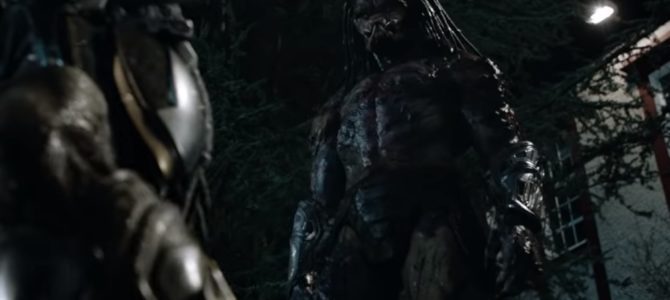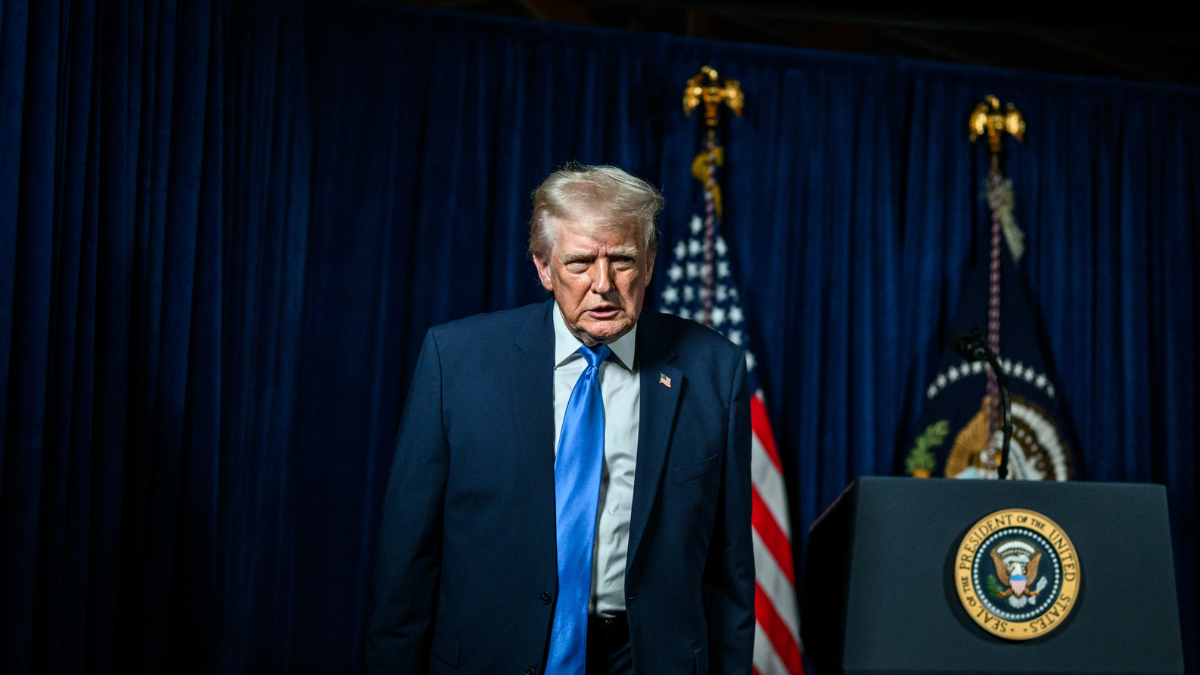
The film atop the box office last weekend, “The Predator,” has many dubious distinctions. Its $24 million opening weekend is the lowest ever for a movie opening on 4,000 screens. Both critics and users on RottenTomatoes dub it rotten, and its MetaCritic score is a C+, which is something of a death’s kiss from audiences. Finally, compared to the amazing original from 1987, it’s utterly mediocre. Still, I went and saw it, and I found enough to like to recommend it to fans of action movies.
The sequel explores the hidden ideas of the original, which confronted America’s elite warriors, the Homeric heroes that populate the special forces, with an alien hunter who has no human restraints. He flays people alive and makes trophies of skeletons and skulls. Nowadays, we like to use words like bad-ss, but really, the predator is a warning about the death cult that lies at the far end of the tendency to glorify violence.
In the original, as I’ve detailed in one of my podcasts, director John McTiernan and his writers worked very hard to make a horror movie in which we see different versions of American military manliness, from Vietnam veterans to soldiers of the Reagan era, confronted with something even more terrible than themselves. The genius of that movie is not the muscles or the killing, it’s the study of varieties of American manliness in the jungle—that is, in a natural setting, away from America.
It’s thus abstracted from questions of patriotism, politics, and the institutions within which we live normal lives. In that sense, “Predator” (1987) was a unique study of character, comparable with Hemingway’s “The Old Man and the Sea” rather than schlocky movies with explosions or martial arts.
In the sequel now out in theaters, all the violence takes place in the middle of America, ranging from the deep state’s secret facilities to suburbia. The change is deliberate and offers an entirely new way of thinking about military horror.
The hero now is a special forces operator who has turned anti-hero, but still believes in the justice that led him to fight for America. His life is a failure—his wife divorced him and he rarely sees his boy—but he has not abandoned them and learns to protect them in this story.
The thriller, in fact, recreates the American family in a symbolic form. The man trying to save his kidnapped son is joined by a woman, played by the lovely Olivia Munn, who’s the ideal of action movies. She’s a very intelligent career woman, an evolutionary biologist, and independent, tough, and as ready to shoot a gun as to humiliate men who condescend to her.
But in the course of the story, she becomes, symbolically, a protective mother to this child, learning to sacrifice for the good of someone other than herself and thus to be less individualistic, more relational. The three of them have to overcome a new version of the predator, by learning to use his powers against him.
This is not to say that the new movie is great. It’s the very definition of mediocrity, but that should not be held against it. So far as I can tell, critics and audiences show contempt for it because it’s not glamorous enough, but that is a mistake. This is a stylish picture, with the trademark cleverness of dialogue that director Shane Black learned from the old detective writers he loves: Dashiell Hammett, Raymond Chandler, and any number of others.
It fails to rise above its genre, but it is rescued in part by the symbolism of family love, which reveals a deep emotional humanism that should have received far more praise and gives a certain depth and plausibility to the final resolution.
The other quality of the movie that sets it apart is its interest in men. The symbolic American family is defended by a “dirty dozen” of anti-heroes. They are former military men who turned criminal and now have to earn redemption.
They recreate the brotherhood in arms that the military at its best offers, then gradually realize they have to decide whether they will abandon a country and a patriotism that treats them as criminals or earn their redemption by their manly virtues, sacrificing for something immediate and concrete. They are half-way between decent people and monsters, like the predators in the movie, and they have to make their decision for or against humanity.
Black wants to redeem these criminals, to bring them back to American community, to show a way to use for the greater good the very manly virtues that can become criminal. He wants these men to defend rather than attack the middle-class normality of American life.
This is the ambition of the action movie as such: to show that, from a certain point of view, men who are criminal could become the good guys. Since “The Dirty Dozen,” this has been a tradition of Hollywood movie-making, always a minority opinion, but especially attractive to maverick movie-makers like Black.
So if you’re a fan of action movies, go see this picture. We need more stories about friendship between men, especially stories that put their faith in humanity and in redeeming criminals.









